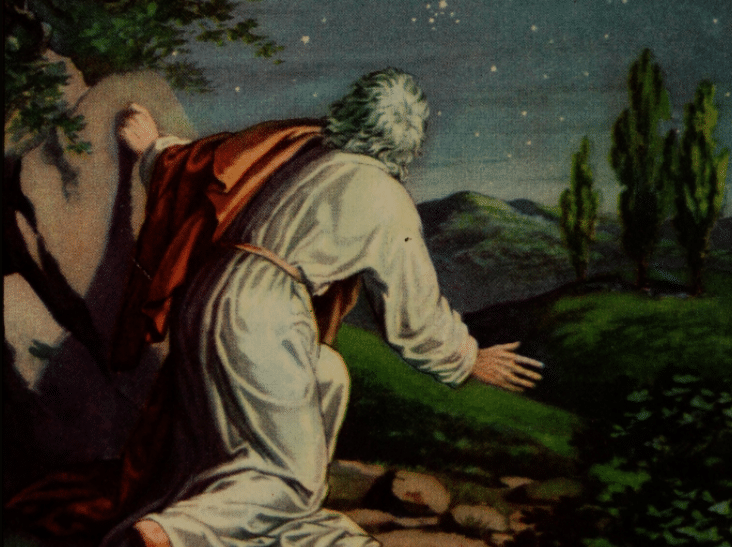Q: What can you tell me about the curse that Noah placed on his son Ham? What about Ham’s brothers, Shem and Japheth? Where is this story in the Bible? Were all Ham’s descendants cursed?Does this curse justify enslaving those descendants?
A: In Genesis 9:25-27, Noah says: “Cursed be Canaan! The lowest of slaves shall he be to his brothers. Blessed be the LORD, the God of Shem! Let Canaan be his slave. May God expand Japheth, so that he dwells among the tents of Shem; and let Canaan be his slave.”
Noah had become drunk on wine and lay naked in his tent. Ham discovered this and called his brothers, Shem and Japheth, who covered their father’s nakedness. Actually, Noah curses Ham’s son, Canaan. The New American Bible explains, “One purpose of the story is to justify the Israelites’ enslavement of the Canaanites because of certain indecent sexual practices in the Canaanite religion.”
Some people have linked this curse to Joshua 9:21, where the Gibeonites are allowed to live “as hewers of wood and drawers of water.” Although these stories do not justify slavery, some people have distorted them for that purpose.



1 thought on “What Is the Curse of Ham?”
Ancient Early European Farmers were practicing paganism, worshipping the deity Ham, practicing ritual human sacrifice and cannibalism in Herxheim Germany 7,000 years ago.
Their descendants inherited maritime culture and began spreading colonization, slavery, paganism, human sacrifice, and warfare throughout the entire ancient world by boat. These Bell Beaker people replaced the male descendant of the Anatolians who constructed Gobekli Tepe and Stonehenge when the slaves of Egypt were constructing pyramids.
The Canaanites were probably the Dutch Cananefates, and the American Confederates, Europeans who engaged in slavery and warfare.
Interestingly, the painting that is shown (a man in a white robe with a red sash) is the flag of Poland 🇵🇱, Malta 🇲🇹, Franconia, Bahrain 🇧🇭, flag of Peru 🇵🇪, the Confederate blood stained banner, and many other red and white banners that were adopted where Canaanites migrated.